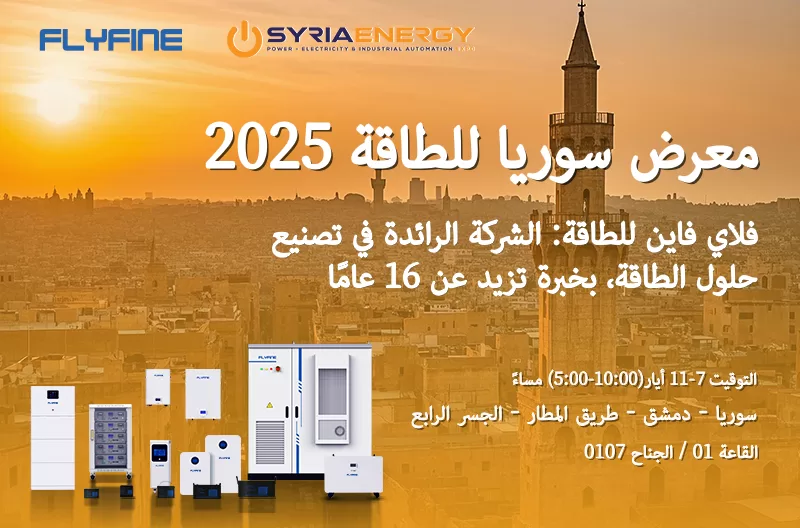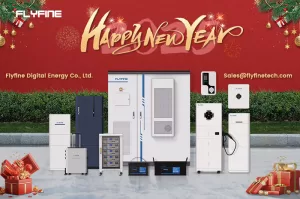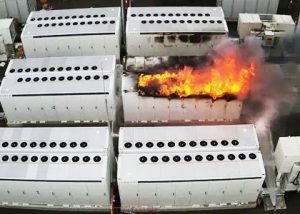At Flyfine Digital Energy Co.,Ltd, we specialize in exporting a range of energy storage solutions, including batteries with capacities from 2kWh to 215kWh, and inverters. To help our clients make informed decisions, we’re here to clarify the differences between energy storage batteries and power batteries.
Energy Storage Battery:
Power Battery:
Different Application Scenarios:
Primarily designed for power storage, these batteries are used in grid, commercial and industrial, and residential energy storage applications to balance power supply and demand, enhance energy efficiency, and reduce energy costs.
Tailored for mobile devices such as electric vehicles, electric bicycles, and electric tools, providing the necessary power for their operation.
Charge and Discharge Characteristics:
Typically have lower charge and discharge rates, with a focus on long-cycle life and energy storage efficiency.
Require high charge and discharge rates to meet the demands of high-power outputs, such as vehicle acceleration and hill climbing.
Energy and Power Density:
Do not require frequent charge and discharge operations, so their energy and power density requirements are relatively lower. They prioritize power density and cost, using more stable electrochemical materials and less compact battery structures for energy storage and long-term stable performance.
Must consider high energy and power density to satisfy the range and acceleration performance requirements of electric vehicles. They often use more active electrochemical materials and compact battery structures for quick energy delivery and fast charging.
Cycle Life:
Generally require a longer cycle life, often reaching thousands of cycles or more.
Have a relatively shorter cycle life, usually ranging from a few hundred to a thousand cycles.
Cost:
Lorem ipsum dolor sit amet, consectetur adipiscing elit. Ut elit tellus, luctus nec ullamcorper mattis, pulvinar dapibus leo.
Lorem ipsum dolor sit amet, consectetur adipiscing elit. Ut elit tellus, luctus nec ullamcorper mattis, pulvinar dapibus leo.
Safety:
Due to their larger system scale, a fire can have more severe consequences, so fire safety standards for energy storage batteries are typically stricter, including response times for fire systems and the quantities and types of fire extinguishers.
Prioritize safety in extreme conditions during vehicle operation, such as high-speed collisions and rapid charging-induced overheating. They are installed in fixed positions within vehicles, with safety standards mainly focusing on overall vehicle collision and electrical safety.
Manufacturing Processes:
Have simpler manufacturing processes but still need to ensure battery consistency and reliability. Attention is paid to controlling the thickness and compression density of electrodes to improve energy density and cycle life.
Have higher environmental requirements during manufacturing, with strict control over humidity and impurity content to avoid affecting battery performance. The production process includes electrode preparation, battery assembly, filling, and sealing, with the sealing process having a significant impact on battery performance.
Material Selection:
Require high energy density and good rate performance, often using positive electrode materials with high capacity like high-nickel ternary materials and lithium iron phosphate, with negative electrodes generally made of graphite. They also have high requirements for the ionic conductivity and stability of the electrolyte.
Focus on long cycle life and cost-effectiveness, possibly using lithium iron phosphate, lithium manganese oxide, and titanium lithium for negative electrodes. They have lower requirements for ionic conductivity but higher for stability and cost.
In conclusion, energy storage batteries and power batteries are both essential battery technologies, but they differ significantly in design, material selection, and manufacturing processes due to their unique application scenarios and performance demands. As technology evolves, these differences may narrow, and new battery technologies and applications will continue to emerge.
















